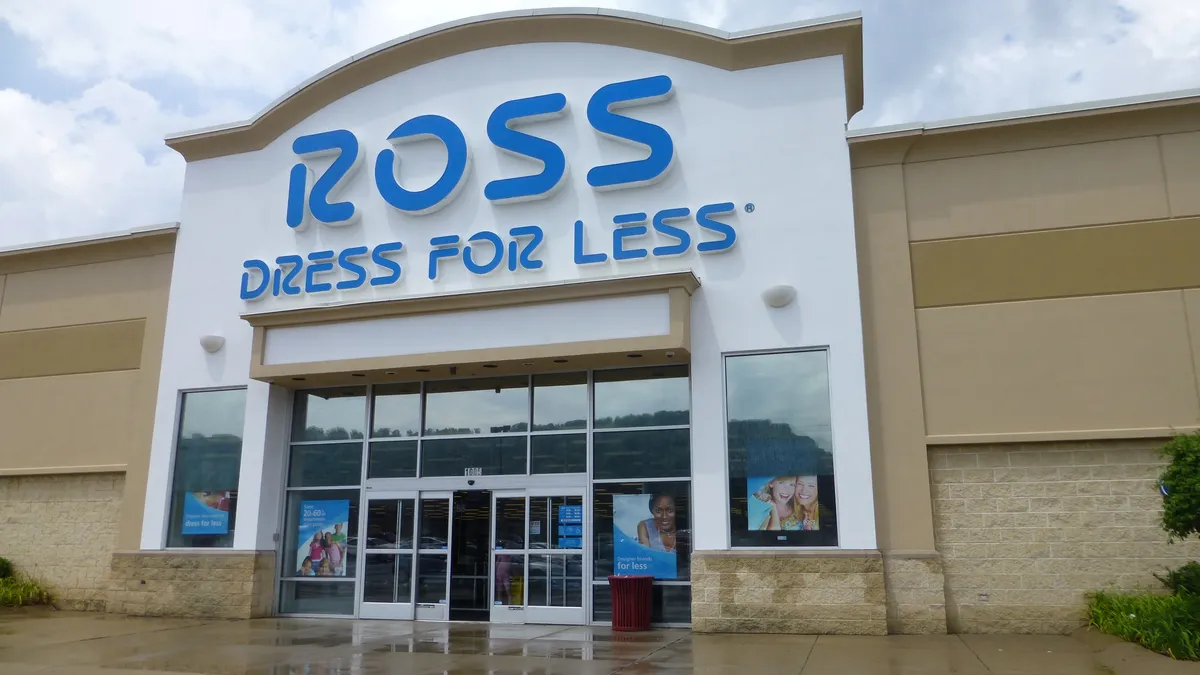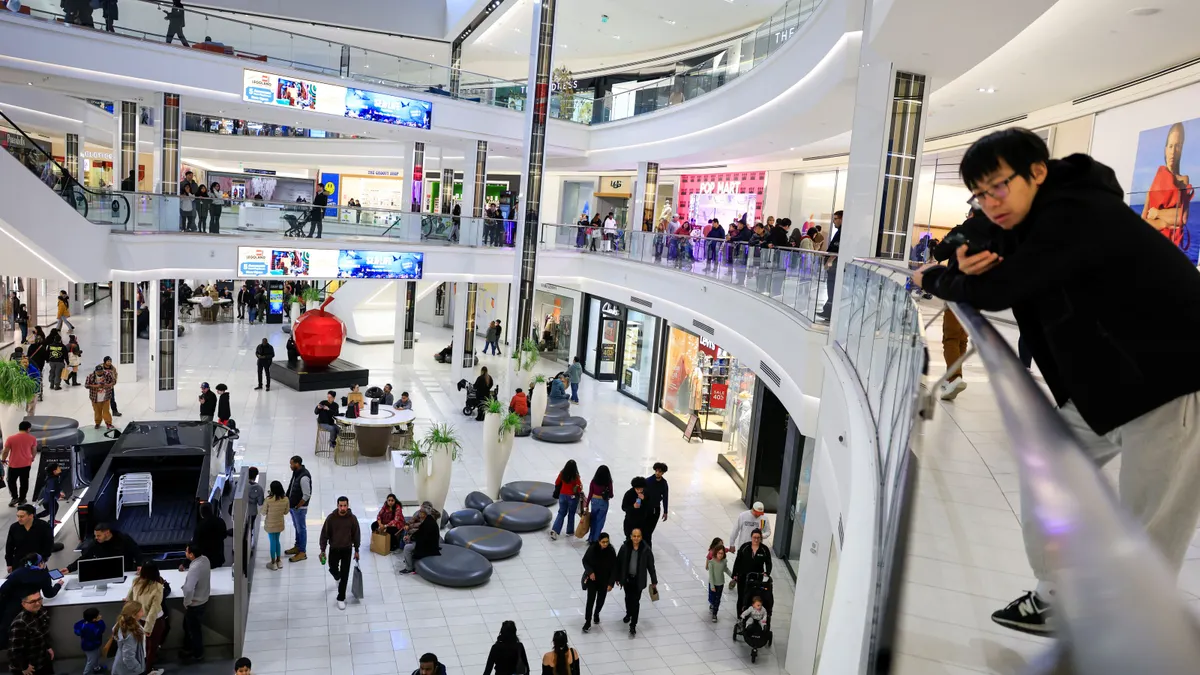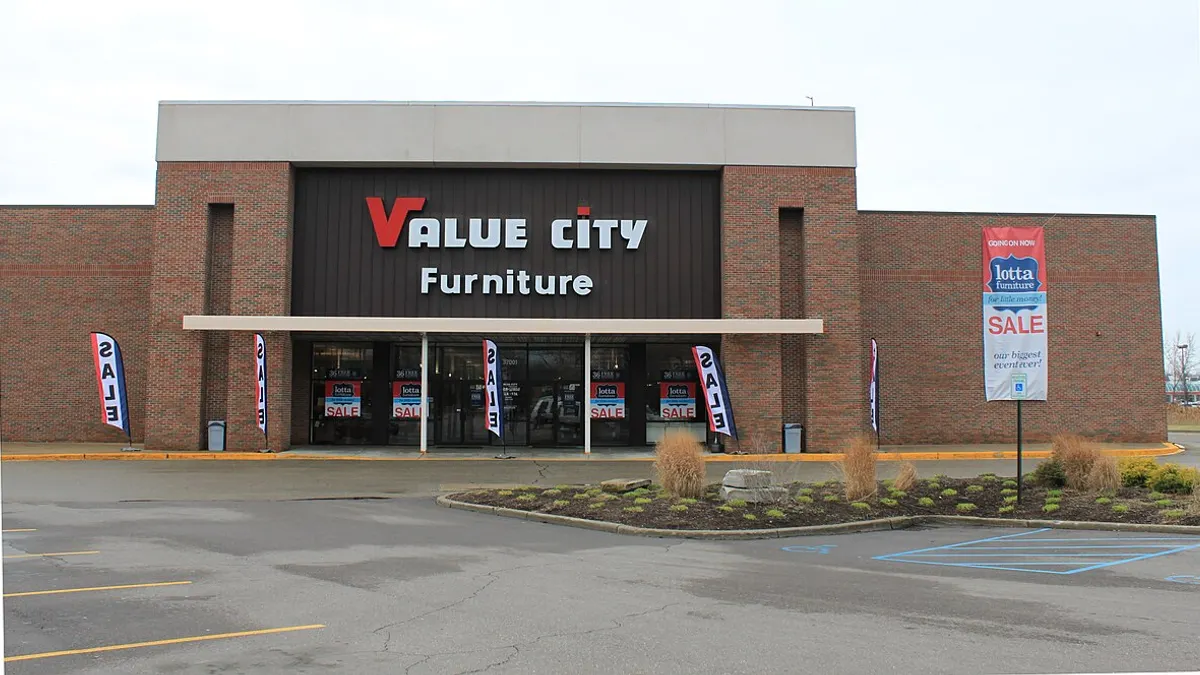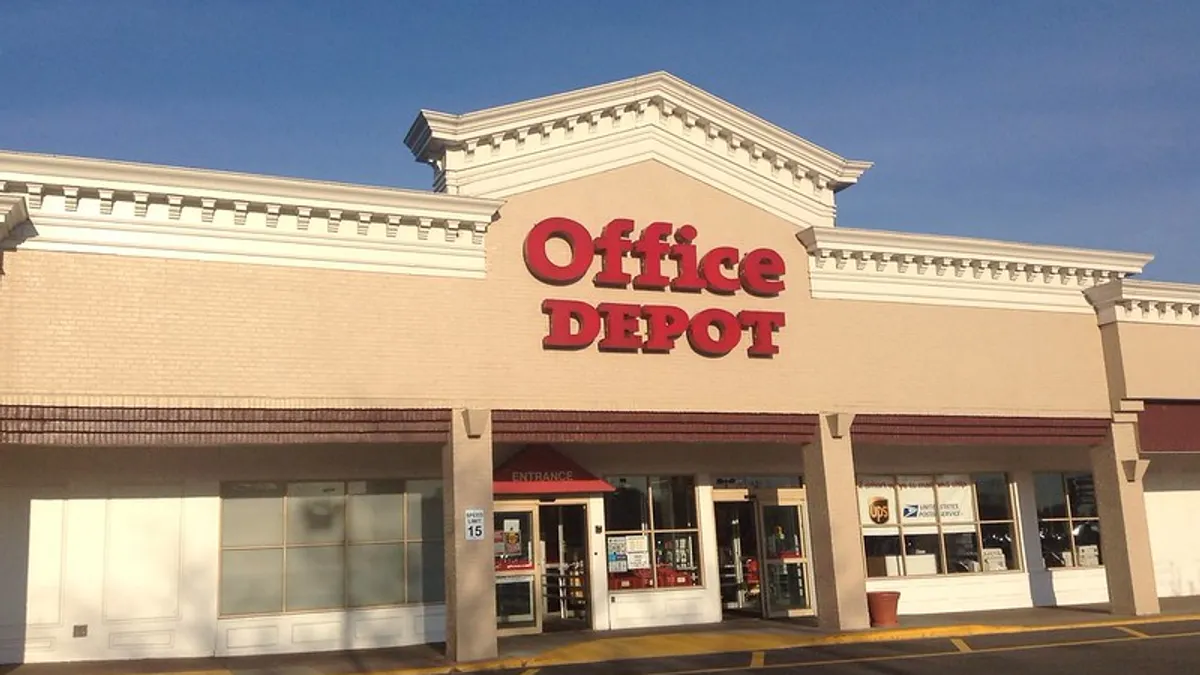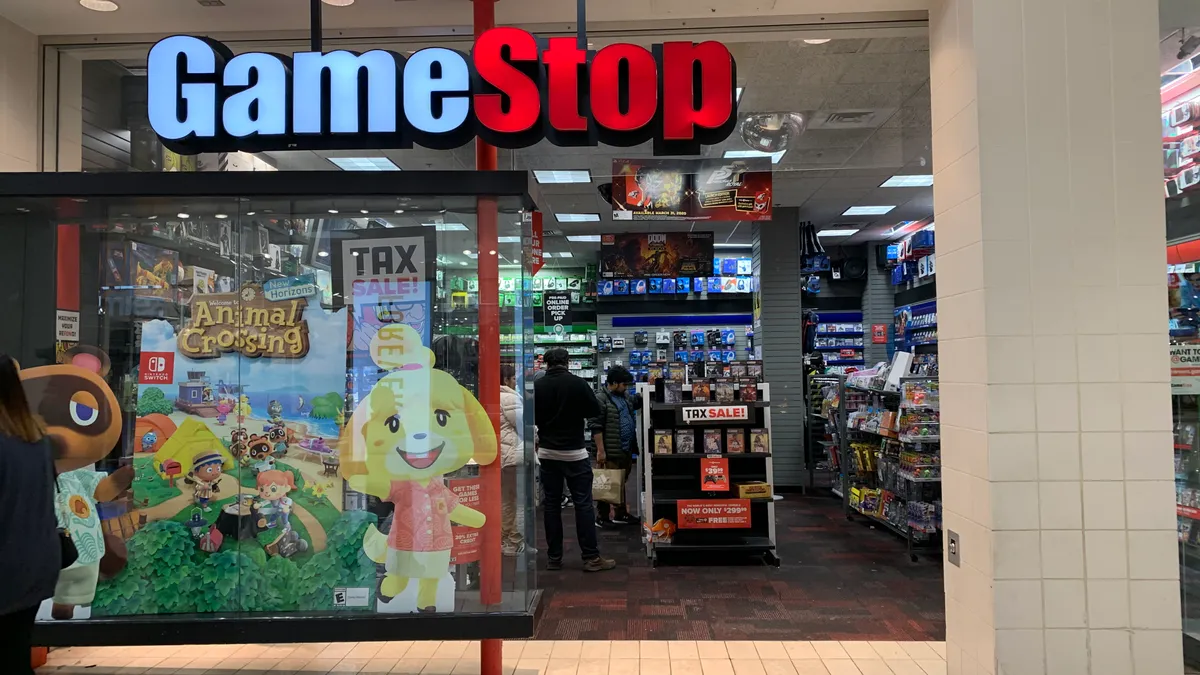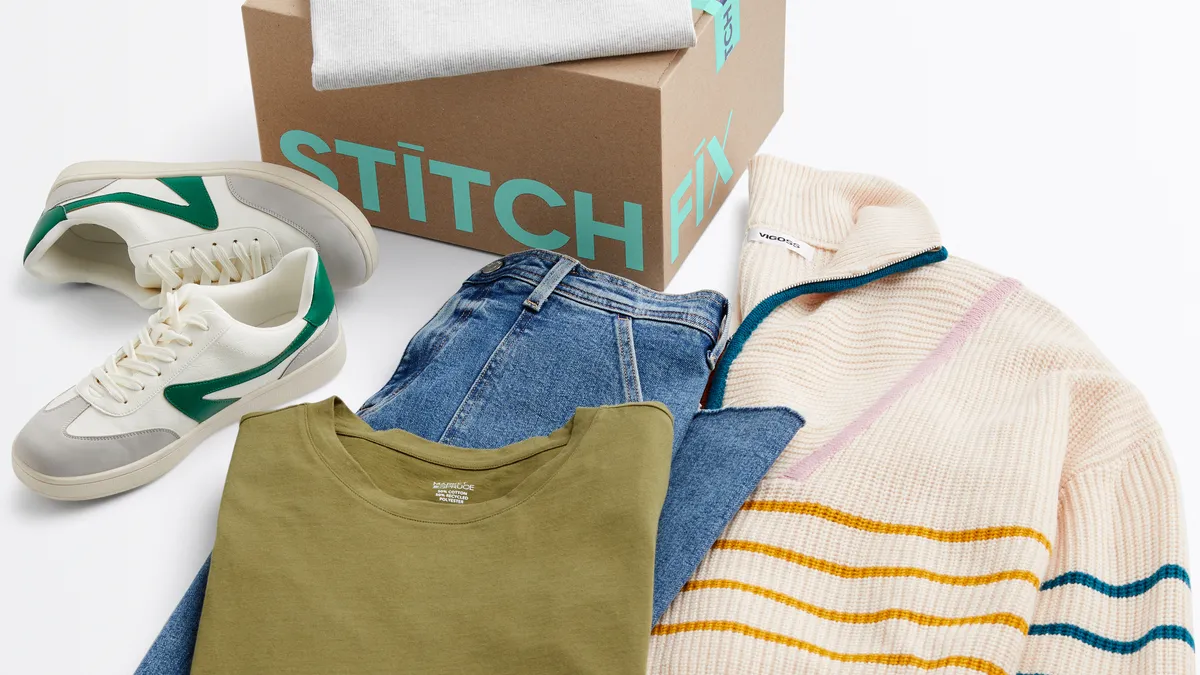In the last two decades, after more or less sailing through the Great Recession and despite going against the tide in e-commerce, off-price retail has seemed invincible. Consumers at all income levels flock to these stores, pawing through racks in search of marked-down treasure.
The pandemic interfered with that.
Before this year, benefits accrued to off-pricers in situations where other retailers faltered. In good economies their shoppers have the wherewithal to go often, all the better to find goodies that might appear within the rapidly replenished assortments; in weak ones shoppers come for the low prices. That applies to the back room, too. When the economy is poor, a glut of unsold merchandise from department stores and brands ends up in off-pricers' supply chains. More recently, e-commerce growth, with its surge in returns, has padded and diversified off-price assortments.
"The customer who goes there, it's a wide demographic, and they are all in," MKM Partners Managing Director Roxanne Meyer said in an interview. "They are obsessed with finding something new."
Then, a pandemic
The COVID-19 outbreak, as it's wreaked havoc on lives and livelihoods, has also distorted demand and disrupted supply, challenging off-price retailers in ways that have been difficult to anticipate.
These retailers do little to no business online, so they couldn't make up for lost sales while stores were temporarily forced closed in the spring in hopes of stemming the disease spread. They face difficulty making up for sales now as many shoppers continue to avoid congregating indoors.
And they run quite a lot of stores, while planning many more. TJX (whose major banners are Marshalls and T.J. Maxx) runs 3,309 in the U.S. alone. Ross Stores has opened 100 new stores annually lately (scaling back somewhat this year) and now runs 1,869. Burlington operates 739. Nordstrom runs comparatively few at 248 off-price Rack stores, but that's more than twice as many as its full-line fleet (which it is shrinking). And while Macy's is playing catch-up with its own relatively new Backstage effort, it's plotting new ones of those, while otherwise permanently shutting down 125 namesake stores in the next three years.
This has made a vaccine and its promise for a return to normalcy especially important to these retailers.
"[O]ff-price has been uniquely hurt by" the pandemic from three sides, MKM's Meyer said in a Nov. 9 client note. "Its sole reliance on in-store shopping while consumers return at a measured pace (and instead have opted to shop disproportionately on-line);" closed fitting rooms, which Meyer believes has deterred apparel sales; and supply chain issues, which have "constrained inventory access and capped sales growth."
That lack of access to high-quality inventory is especially problematic, according to UBS analysts in a Nov. 9 report that detailed a discussion with a former merchandising executive from "a major off-price retailer."
"The expert sees a lack of inventory in key categories, such as activewear, denim, shoes, boots, and accessories from top brands like Nike, Adidas, and Calvin Klein," analysts led by Jay Sole said. "For Off-Price retailers, this could lead to a mix shift to lower price items, creating a sales growth headwind."
And off-price retailers have contended with inventory problems longer than any other segment, according to Meyer.
"Not only are some people hesitant to go back to stores, but off pricers have never been dealt the blow of inventory issues before," she said. "They don't have e-commerce as a buffer, so it's hurting them near term. No one else is dealing with shelves that are empty into the second and third quarter."
The problem of apparel
Moreover, off-price merchandise is dominated by clothing, a category that was already sliding before the pandemic and in recent months has been eviscerated with people staying at home instead of going to work or special events.
"The central problem for off-price retail, which is mostly focused on apparel, is that demand for clothing has dropped off a cliff and people just aren't buying products like they used to," GlobalData Retail Managing Director Neil Saunders said in an email. "This is something that has not been seen before. Even in deep recessions, people still buy clothing and their focus on value and lower prices is actually helpful to the off-price segment. But there is nothing off-price players can do in this environment to persuade people to buy clothes that they won't wear because they are socializing less and working from home."
Analysts were calling on Nordstrom Rack to offer more home goods even before the pandemic, and Nordstrom executives said they are working to grow their assortment. Ross was able to mitigate the weakness a bit by offering some homewares, Saunders said earlier. But the real winner is TJX, which not only offers home goods at its Marshalls and T.J. Maxx stores but also runs HomeGoods and, mostly abroad, HomeSense, which are both furniture and home goods retailers.
"TJX is likely benefitting from its higher leverage to the strongly performing home category compared to Burlington and Ross Stores," UBS analysts said, referring again to the off-price expert they spoke with.
With consumers focused on their homes, considering that many remain there for work and leisure, any dearth of merchandise in the category could be an issue for off-price retailers at the holidays, as could their dependence on physical stores, according to a Nov. 16 note from MKM.
The fourth quarter "is a peak season for the home category, and expect off-pricers to be better positioned as it relates to product mix," MKM's Meyer wrote. "However, we look to gain critical insights from managements as to how they plan to effectively manage traffic/lines during the peak holiday selling season. We believe this could prove challenging, particularly given the lack of an e-commerce channel to funnel a portion of demand."
The problem of e-commerce
Considering that, as Meyer and others have said, online sales have been a buffer for so many retailers during the pandemic, it's notable that Burlington pulled the plug on e-commerce just before public health officials began forcing stores closed.
At the time, the reasoning was sound. Burlington CEO Michael O'Sullivan said in March that for a company whose average unit retail is "about $12," selling through a website makes little sense. "E-commerce when you fully account for the cost of merchandising, processing, shipping, accepting returns. It's very difficult, impossible to make at those price points in the businesses that we compete in," he said.
"Online is the one part of the clothing market that is currently growing. This presents off-price players with a real dilemma: do they engage in online for some short term gains or do they keep their nerve and stay out of the digital space."

Neil Saunders
GlobalData Retail Managing Director
That echoed Ross executives, a year ago now, explaining their rationale for avoiding online sales. The channel is not only cost-prohibitive, but doesn't allow for the treasure hunt the same way stores do, either, Meyer said by phone, adding that TJX executives have also told her that selling online isn't profitable. Plus, flash-sale sites, which proliferated during the Great Recession, proved their point by staying in the red, she said.
"Flash sales were basically off-price, and there were so many of them," she said, noting, however, that apparel sold at higher price points can indeed be lucrative. "They were securing excess product and putting them online — none of them got profitable. That tells you that the model does not thrive online."
The question now is whether the consumer has become so comfortable buying online — even clothes — that off-pricers have no choice but to join, analysts said.
"Online is the one part of the clothing market that is currently growing," Saunders said. "This presents off-price players with a real dilemma: do they engage in online for some short term gains or do they keep their nerve and stay out of the digital space."
That would take quite an overhaul, even at TJX, which does run websites with slim assortments. These retailers would have to invest in all-new systems and logistics to accommodate it, Saunders also noted.
"It could also cause longer term disruption as the whole off-price model works by getting customers to treasure hunt in store and buy multiple items," Saunders said. "This doesn't work as well online where there are also significant costs associated with fulfillment and returns handling. All of this could damage the economics of the business model."
TJX, however, surprised many with its announcement that it's preparing a new online store for its HomeGoods banner. Meyer expects that to expand its customer base, including attracting younger consumers, and that the category works online in a way that apparel doesn't. But even TJX's minimal websites for its other banners has helped get shoppers into stores, she said.
"It's a great marketing tool. That's how TJX leveraged it," she said. "It's brought them a whole new crop of millennial consumers when they return items to the store."
That will likely force even the holdouts to consider some form of e-commerce, according to Saunders.
"My view is that most off-price players will look more seriously at digital and try to find ways to enter the space," Saunders said, adding that could be in a muted form, like curated selections or marketing. "However, the entry will probably be gentle rather than sudden as there is a lot to consider and adjust to become fully engaged in the online world. We've already seen Nordstrom Rack do more digitally, including acting as a fulfillment and collection hub for full-price Nordstrom department stores. This is the kind of creative thinking that we will likely see more of."
What the third quarter showed
So far, TJX and Ross recently reported on their third quarters, and both offer evidence that, if off-price retailers do have to change in light of consumer trends warped by the pandemic, they probably don't have to change much.
TJX boosted merchandise margins, while both beat analyst expectations in several measures and both turned a profit.
With more stores open, these retailers saw their footfall recover nicely in the period, according to data from store traffic analytics firm Placer.ai, which found that traffic at leading off-price stores on average was down 17.9% the week of Sept. 7 and 22.6% the week of Sept. 14, compared to department store declines of 36.1% and 42.4%.
Beyond the holidays, and even beyond the pandemic, any residual economic fallout will once again likely work in the sector's favor, according to Placer.ai Marketing Vice President Ethan Chernofsky. "Even when the pandemic finally comes to a close, an extended period of economic uncertainty is almost inevitable, and the ability to provide a value-oriented apparel option will be in high demand," Chernofsky wrote. "This positions the sector well for potentially years to come, something that is all the more impressive considering they still haven't figured out how to effectively leverage digital yet."
Off-pricers have yet more to look forward to. They are poised to take share from closing stores and bankruptcies, analysts say. And while they may remain shy about e-commerce, they'll still probably benefit from any online shift. As department stores and others accelerate e-commerce — including pure-plays like Bonobos where returns can be 30%, according to Meyer — their pipelines will again fill with returned merchandise and other overflow. And people will likely be ready to shop.
"I think it's underappreciated what the pent up demand is," Meyer said. "Bears are convinced the consumer is being trained to get very comfortable buying online. That's never been part of the off-price story, and I truly believe the consumer loves that experience."



